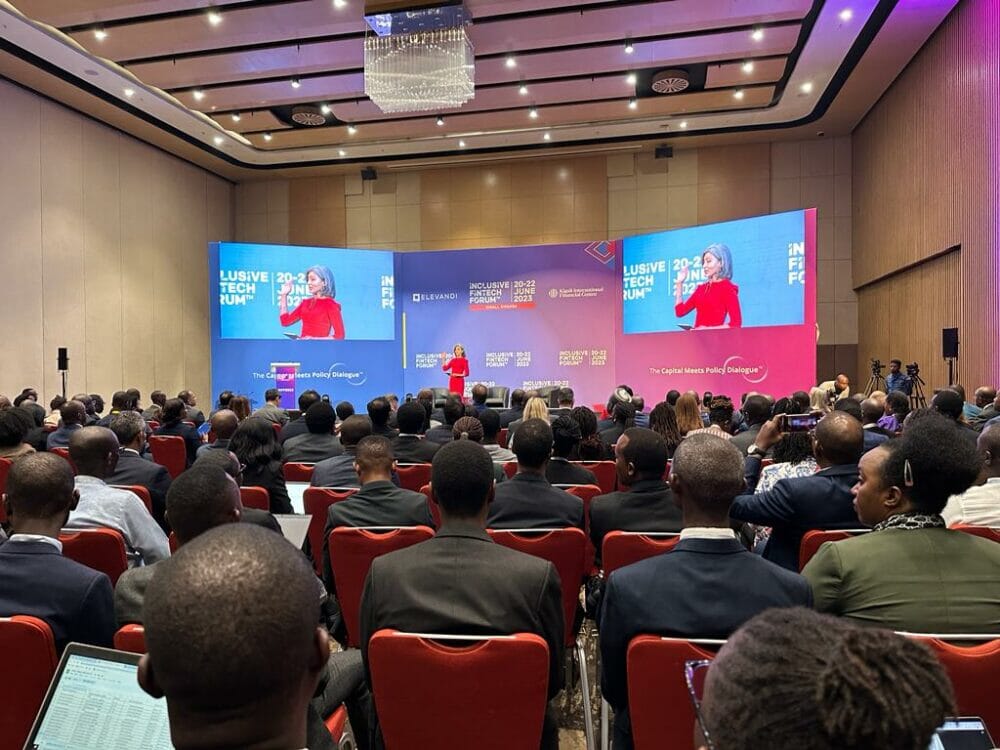Cultural competency and content: place matters
Improving the receptivity of your marketing materials starts with an understanding of where your intended audience is based.
Heard the joke about the marketing team and their 4Ps?
If this opening sentence is already not resonating, then it could well be because you are not British.
How and when humour works varies. Use it with a British audience and you are likely be onto a winner, even if the subject matter is quite serious. Brits are renowned for their love of irony and sarcasm.
Not so in Germany. The American writer Mark Twain famously quipped that a “German joke is no laughing matter”.
Do the Germans really not have a sense of humour? Not according to culture expert Chris Smit. He explains, they simply feel there is a time and place to be funny and it is not as the precursor to a weighty discussion.
Stereotypes can be highly damaging. But cultural differences do exist and getting to grips with them is a foundation stone of improving the receptivity of your marketing materials.
Place is one of the 4Ps of any successful marketing campaign. Traditionally, that meant putting the right distribution channels in place, alongside having the right product, at the right price and pushed with the right amount of promotion.
But in recent decades, it has also come to represent geographical location. The fact is that place matters but is all too easy to forget.
And plenty of multinationals lost their way in the early days of globalisation: products they successfully developed for one country did not work as they expanded to another. The is true for content too.
Improving the receptivity of your marketing materials starts with an understanding that everyone has a different worldview. What someone finds acceptable and familiar, generally depends on where they come from.
Learning what those differences are, will not only increase self-awareness but also improve cross-cultural skills. Content is then far more likely to hit its marks.
The Dutch social psychologist Geert Hofstede developed one of the earliest and well-known frameworks for understanding cultural differences in the early 1980s.
He founded his 6-D model on six dimensions and a scale of 0 to 100.
- Power-Distance Index: to what extent do less powerful members of a society accept unequal distribution of power.
- Individualism vs collectivism: do people value individual rights over loyalty to a wider group.
- Masculinity: do they reward achievement and competition over quality of life and cooperation.
- Uncertainty Avoidance Index: to what extent is uncertainty and ambiguity tolerated.
- Long-term Orientation: is the emphasis on the future compared to the present and the past.
- Indulgence vs Restraint: does the society favour gratifying human drives rather than regulating them through social norms.
Hofstede asserted that just 10-points is what it takes to the feel the difference between one culture and the next. Research by Hofstede Insights shows how this plays out in practice.
Asia Pacific
Source: Hofstede Insights
With the exception of Australia, Asian countries exhibit a marked preference for collectivism and hierarchy. The needs of the group take precedence over the individual.
When it comes to work, the boss will take care of the workers in return for their loyalty and deference. Corporate content that plays well in these kind of environments emphasises shared values and goals.
Social media platforms are popular because they facilitate group interactions. So are broadcast mediums because high context cultures rely on subtlety rather than directness to communicate. Body language and facial expressions provide the cues.
Middle East and Africa
Source: Hofstede Insights
Middle Eastern countries score similarly to Asian ones in relation to hierarchy. They differ in terms of long-term orientation. Middle Eastern countries have lower scores indicating a preference to uphold time-honoured traditions and behaviour.
Hofstede Insights concludes that employees in the region like being supervised by a “benevolent autocrat”. Content carrying the byline of the most senior person in the organisation will, therefore, carry the greatest weight, trumping more junior staff even if they are subject matter experts.
Europe
Source: Hofstede Insights
Europeans place a high emphasis on individuality, led by the UK. These kinds of low context cultures prefer direct communication rather than subtlety.
But the devil is always in the detail as there are marked differences in how they do this across Europe: where Nordic countries use a few words to make a point, Italians use many.
Nordic countries also value consensus-building (Sweden has the world’s lowest score for masculinity). They appreciate content that examines all angles.
Germany, by contrast, scores highly for long-term orientation. A society that favours planning for the future and thoroughness in doing so, will be receptive to content that is rich in data and research.
Americas
Source: Hofstede Insights
Unsurprisingly, the US ranks highest globally in terms of individualism. It is, after all, the country that prides itself, on being the “land of the free”.
The US also scores lowly on long-term orientation. Societies with a “see how it goes” mentality will be open to content that explores possibilities and demonstrates creativity.
And as status is less important, it will matter less who has bylined the content, than whether they have something interesting to say.
Having thought through what content will play well where, it is important to make sure the same principles are applied to every aspect of its execution. Here in a sister article, we provide some tips on making sure that all the words and imagery scan for cultural context, improving the overall receptivity of your marketing materials.






